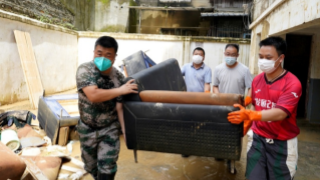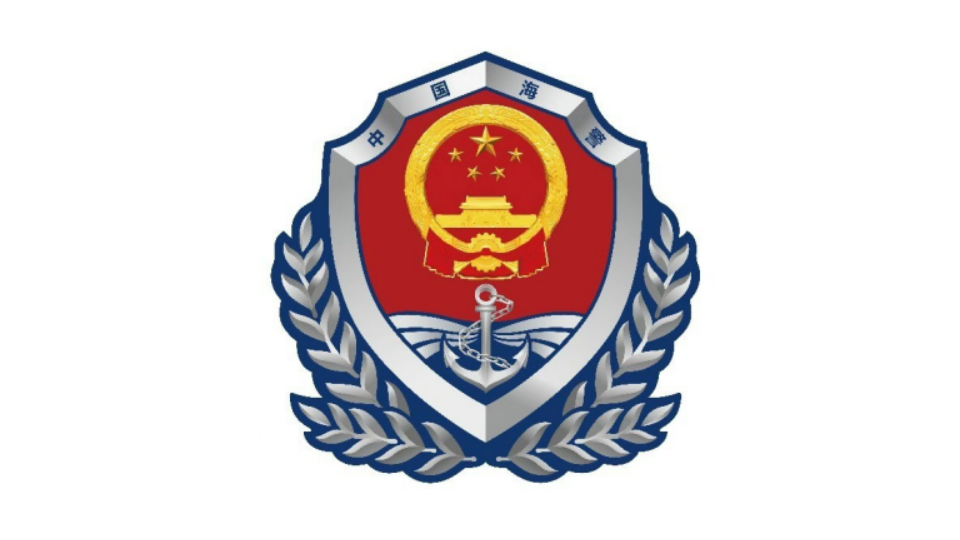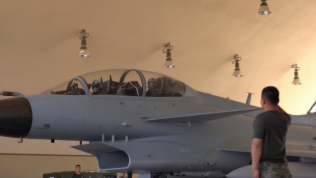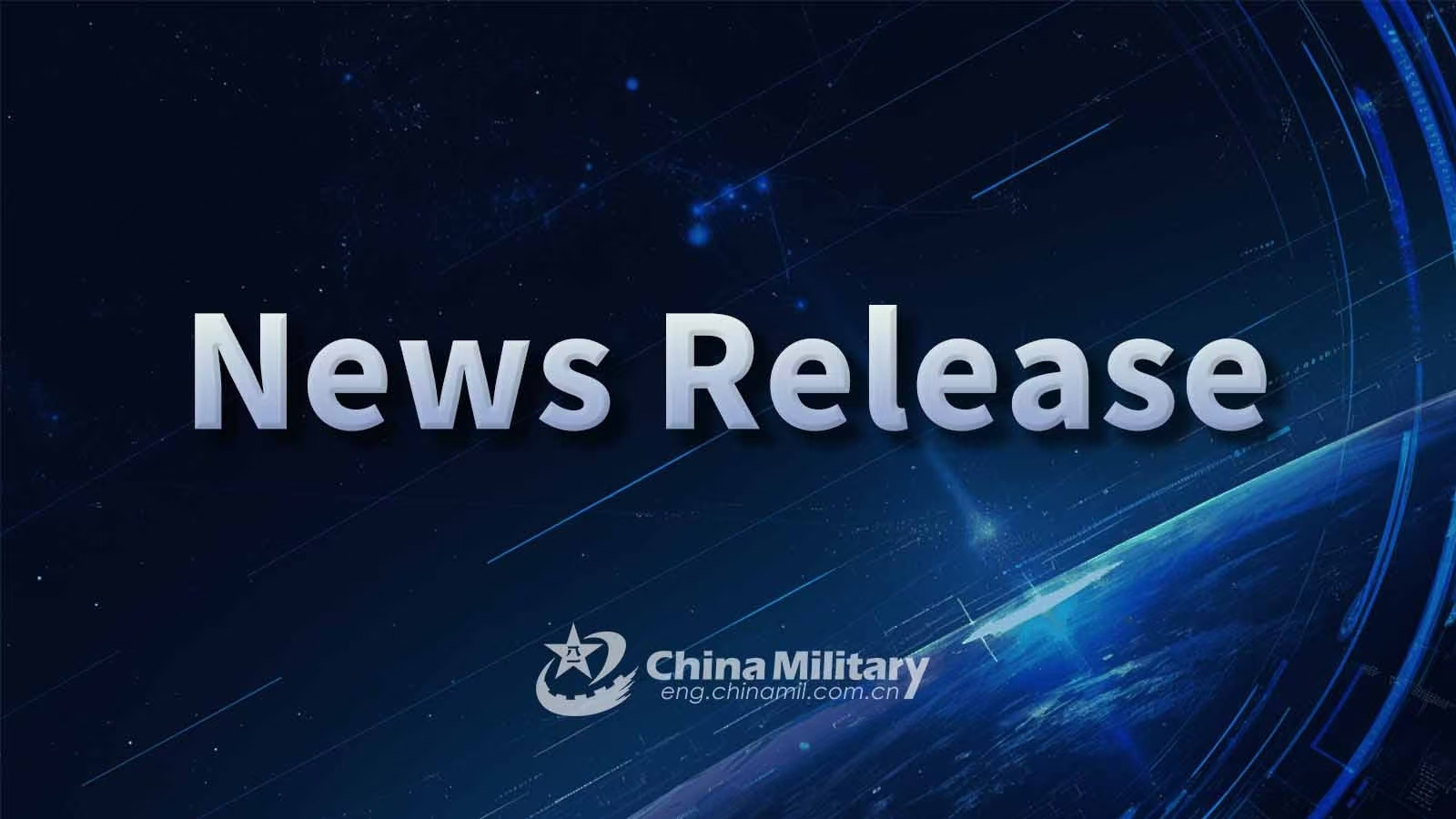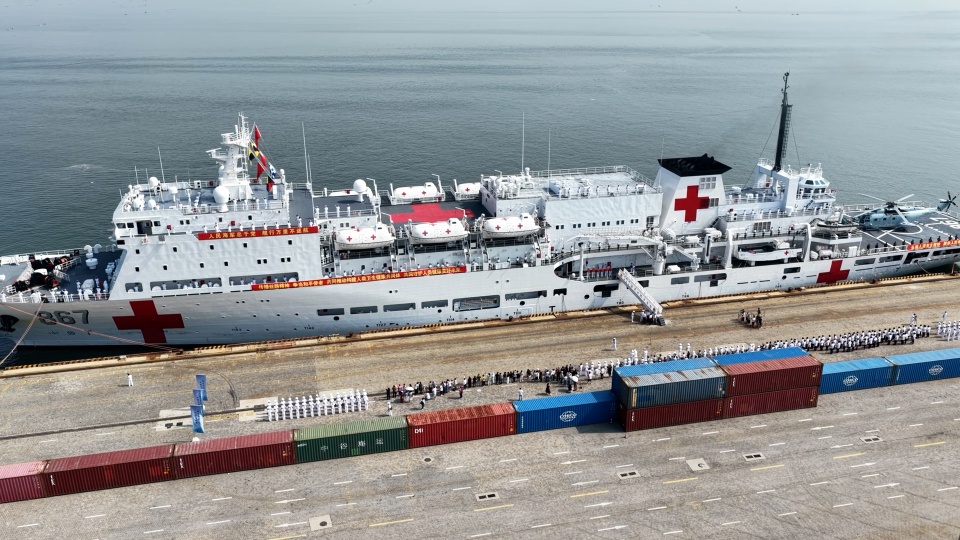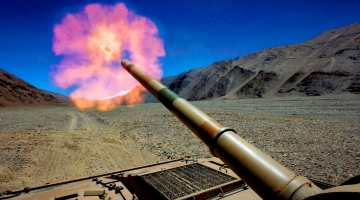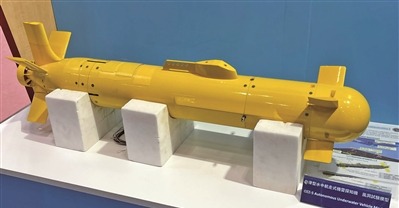
The picture shows a model of Japan's OZZ-5 unmanned underwater vehicle.
By Hao Wen
Recently, Japanese media revealed that the Japan Maritime Self-Defense Force (JMSDF) has received two types of unmanned underwater vehicles (UUVs) and has begun performance testing to explore their potential applications in combat. The two UUVs received are the French SeaExplorer X2 and the US Slocum G3.
In fact, Japan's Ministry of Defense has been actively promoting the development of domestically-produced UUVs. Currently, Japan is developing two types of UUVs primarily for communication relay and underwater anti-submarine missions. Among them, the OZZ-5 produced by Mitsubishi Heavy Industries has autonomous navigation capabilities and a certain level of intelligence, allowing it to conduct long-duration reconnaissance and mine countermeasure operations underwater. In addition, Japan is seeking joint development efforts within the framework of its alliance system and has signed an agreement with Australia to co-develop UUVs.
In recent years, the Japanese government has accelerated the development of unmanned weapon systems and formulated a three-step plan for underwater unmanned combat operations. First, it aims to integrate imported equipment and develop UUVs domestically. Second, it plans to achieve manned and unmanned collaborative operations. Third, it attempts to establish an independent UUV combat squadron by 2035 and build an autonomous underwater combat network.
The JMSDF is focusing on two main areas in terms of combat applications.
First, it aims to enhance reconnaissance, surveillance, and infiltration capabilities in specific maritime zones. In the early stages, UUVs will mainly be used for seafloor mapping, collecting critical hydrological data, monitoring the movements of potential adversary vessels, and transmitting data in real time. It is reported that Japan plans to prioritize deploying UUVs in the area between Okinawa and the Philippine Sea to monitor access routes of the Pacific.
Second, it aims to develop asymmetric underwater combat capabilities. Japan hopes to use the low noise and small-sized UUVs to conduct close-in reconnaissance and carry out "no-warning" raids combined with seabed sensors. By deploying large numbers of micro and small UUVs, Japan intends to use numerical superiority to deplete high-value enemy assets such as warships.
Japan's advancement in UUV development and deployment is a prominent example of its shift in defense strategy from "exclusively defense-oriented policy" to "proactive offense." Japan's attempts to reshape its underwater combat posture and develop asymmetric underwater warfare methods pose new risks to regional security, thus warranting vigilance from neighboring countries.





